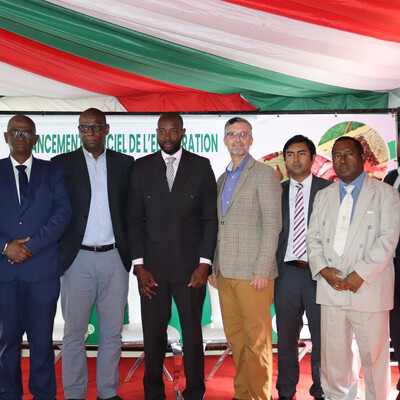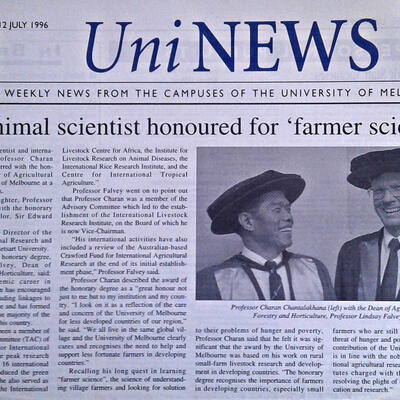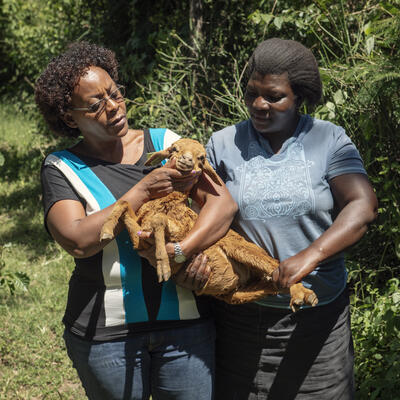
Government and partners celebrate achievements in increasing dairy productivity in Burundi
Partners of the regional integrated agricultural development in the great lakes (PRDAIGL) project have held a joint end-of-project workshop to review its contributions to Burundi’s dairy sector in the last two years. Attendees of the 2–3 November forum in Bujumbura were drawn from the Ministry of Environment, Agriculture and Livestock, the Institute of Agronomic Sciences of Burundi (ISABU) and the International Livestock Research Institute (ILRI).
PRDAIGL was launched in November 2020 to increase access to modern animal husbandry practices and improve dairy production in Burundi. Its activities included distribution of improved dairy cattle breeds, testing of forage varieties, and capacity building in animal health and genetics.
Distributing Friesian dairy cattle
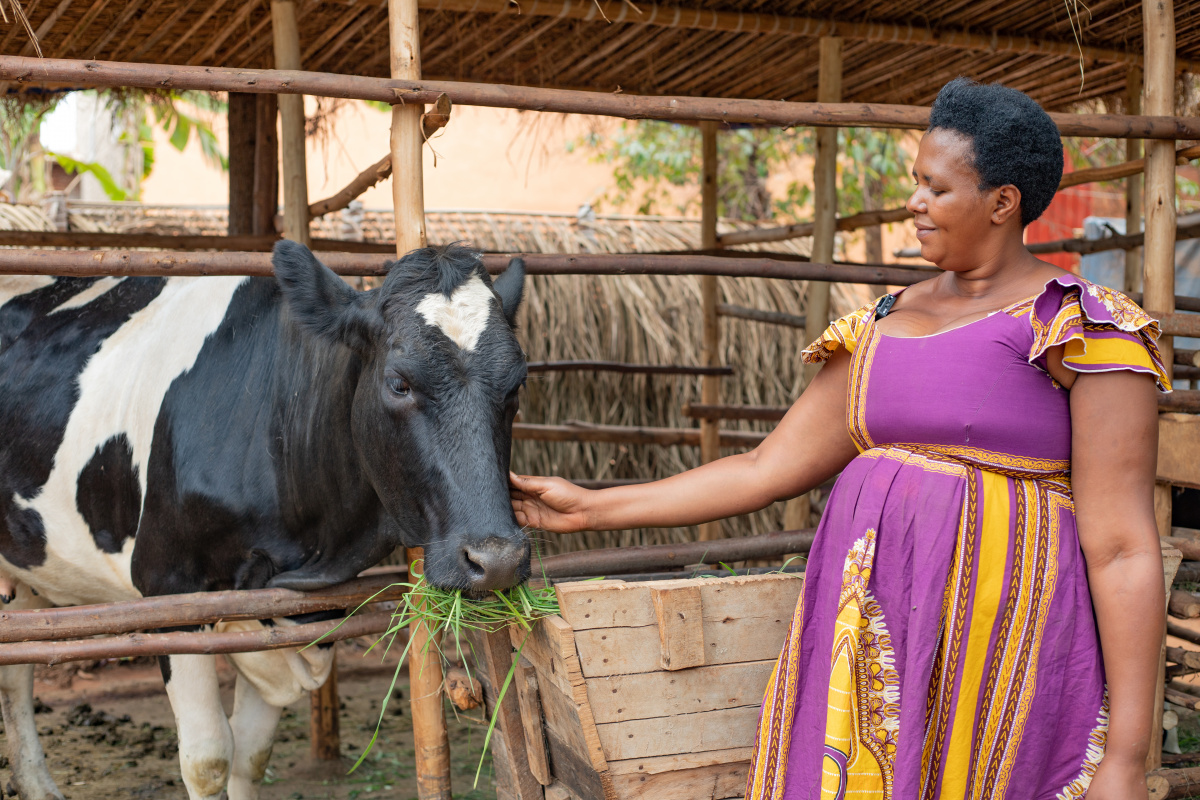
To increase dairy production and productivity, PRDAIGL distributed 3,000 Friesian crossbreed cattle (cows for milk production and bulls for reproduction) to rural households in Ruzizi region and along Lake Tanganyika. The project worked with community development committees (CDCs) to select farmers who could rear cattle, construct stables and participate in forage trials by availing a portion of their farmland, after training in animal husbandry practices.
Beneficiary farmers are already enjoying improved family nutrition and increased income from milk sales. With a daily yield of 10–15 litres of milk, the crossbreeds produce 100–150% more than indigenous breeds.
‘To scale up these benefits, once the project ends, the government will distribute the female Friesian calves to other farmers identified in collaboration with CDCs,’ Serges Nkurunziza, Burundi’s director general for livestock, told the gathering.
Introducing improved forages
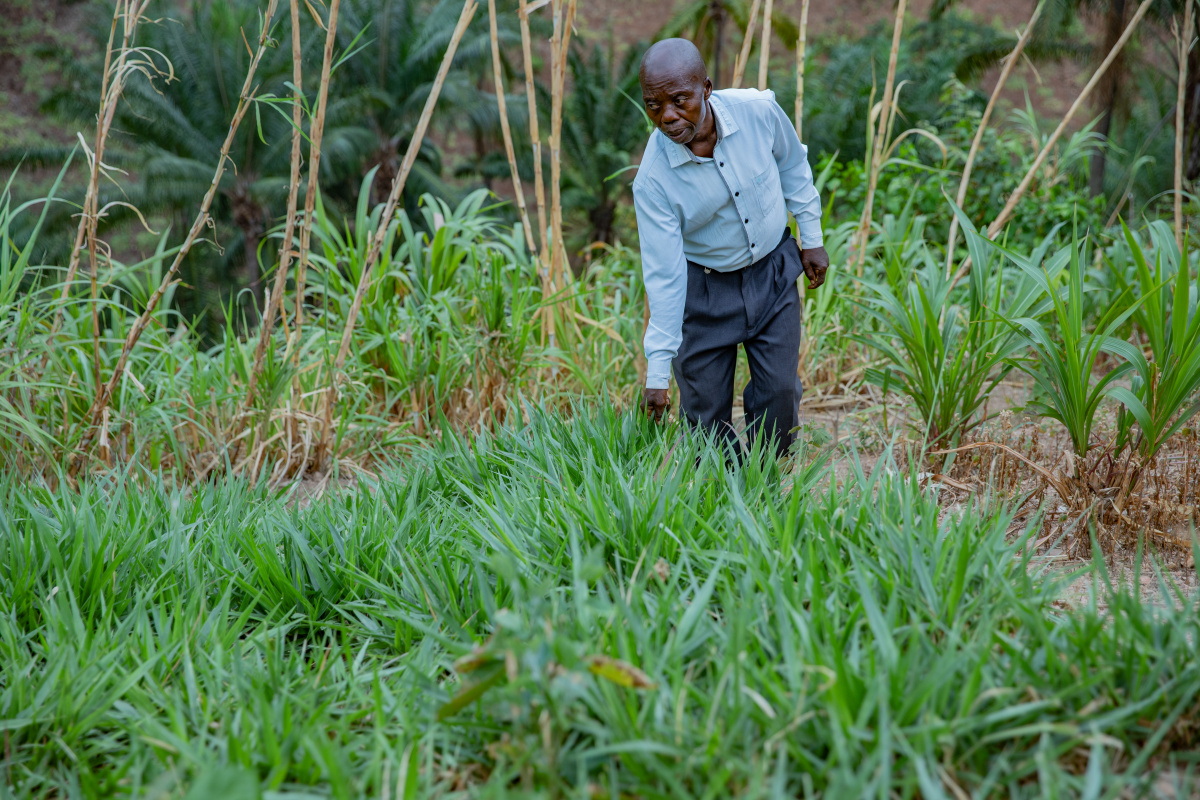
PRDAIGL also introduced nutrient-dense forage varieties such as cultivars of Rhodes grass (Chloris gayana), Napier grass (Cenchrus purpureus) cv. Kakamega I, Brachiaria (Urochloa spp. and hybrids) cvs. Marandu, Sabiá, Mulato, Basilisk and Piatã, and, buffel grass (Cenchrus ciliaris) to improve livestock feeding and nutrition. Participating farmers were trained on the production and conservation of legumes like lucerne (Medicago sativa), greenleaf desmodium (Desmodium intortum), and stylo (Stylosanthes guanensis). The new forage crops were tested for disease resistance, drought tolerance, amount of yield and growth rate at the ISABU research station and on 189 farms.
‘From the findings, Kakamega I, the Brachiaria’s Marandu, Sabiá, Basilisk, Mulato and Piatã, greenleaf desmodium and stylo were proven to be resistant to diseases and dry conditions, high in protein and easy to convert to silage and hay,’ Adrien Kwizera, a researcher at the ISABU, said, ‘These varieties are ready to be multiplied and distributed to farmers across the country.’
Improving livestock genetics
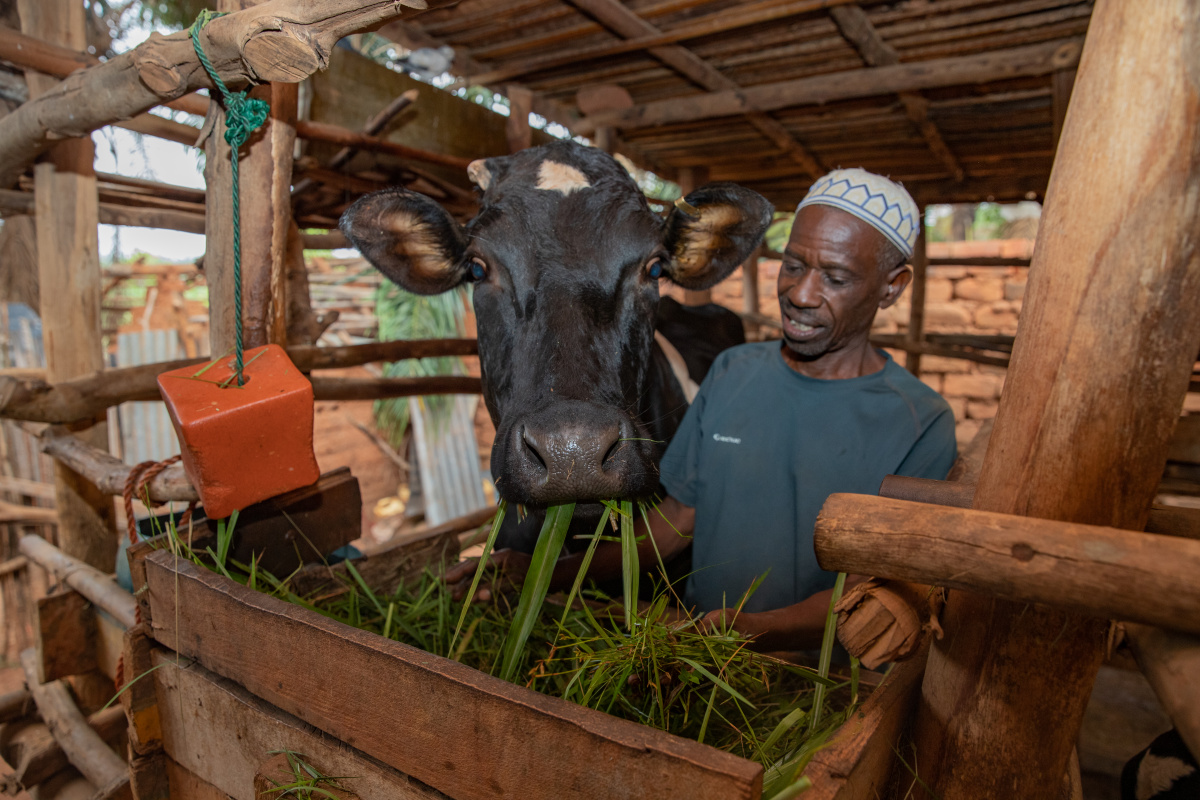
Capacity building support on livestock genetic improvement was also provided to Burundian institutions and farmers. This included helping to build a liquid nitrogen plant worth a billion Burundian francs (BIF) (about half a million USD) at the Burundi National Artificial Insemination Centre. Furthermore, ILRI through PRDAIGL provided Alertys Rapid Visual Pregnancy kits for the Burundi national laboratory and trained 55 laboratory technicians on artificial insemination, rapid pregnancy diagnosis and treatment of reproductive diseases (including infection of urogenital apparatus).
Rapid pregnancy diagnosis gives test results within 28 days, which is more efficient than the old transrectal palpation system that took three months. Arcade Rubeurdo, a laboratory technician at the national veterinary laboratory of Burundi, said the quick results from the new kits were helping farmers to better plan insemination for their livestock.
PRDAIGL coordinator, Louis Nduwimana, acknowledged the close collaboration between the government, ILRI and the project in effecting these innovations. He told the workshop that the project had helped to address the human resource challenge in Burundi’s livestock sector.
Improving animal health
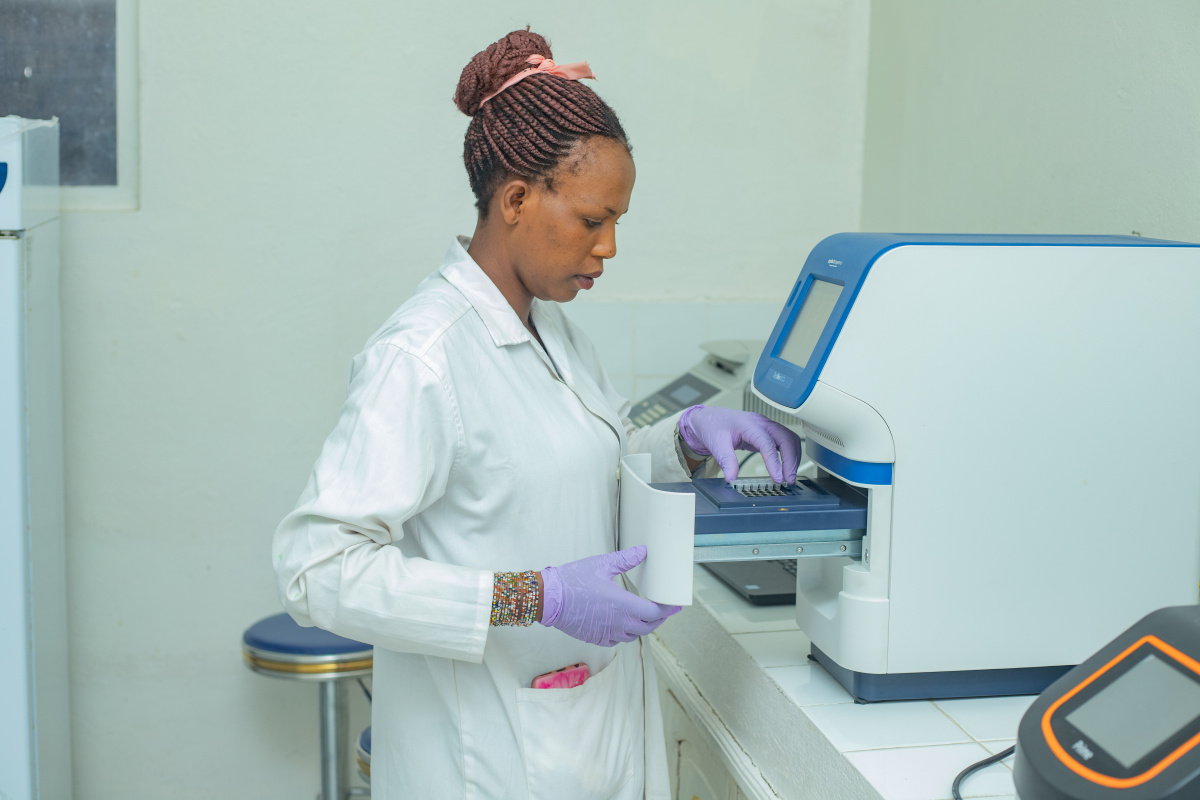
As part of efforts towards improving animal disease surveillance, ILRI through PRDAIGL donated an Applied Biosystems real-time polymerase chain reaction (PCR) machine to the Burundi national veterinary laboratory (LaboVet). This machine helped with the detection and control of the first ever Rift Valley fever (RVF) cases in the country.
From 21–24 June 2022, PRDAIGL trained 25 livestock officers and laboratory technicians in the integrated management of RVF and another five laboratory technicians in RVF diagnostic protocols. The project also provided LaboVet with reagents (real-time PCR primers and probes, PCR kits and consumables) to analyse suspected cases of RVF.
‘The PCR machine identifies diseases in 45 minutes while the old system took 7 to 9 hours,’ said Magnifique Mbezumutima, a technician at the lab.
To bolster disease control, PRDAIGL trained 72 community animal health workers, veterinary technicians and provincial livestock officers in participatory epidemiology, clinical diagnosis of bovine disease, and disease data collection systems. Ndoricimpa Emmanuel, assistant minister for Environment, Agriculture and Livestock, appreciated these and other contributions made by PRDAIGL partners to develop the livestock sector. He reaffirmed his ministry’s commitment to supporting the various actors in the sector and called upon donors to make additional investments.
In his closing remarks, ILRI deputy director general research and development–Integrated Sciences, Iain Wright, expressed the institute’s commitment to supporting Burundi’s livestock sector by building on the success of PRDAIGL.
‘By investing in livestock, Burundi can tackle child stunting, one of Africa’s biggest challenges. Livestock provide high-quality nutrients that are required for the growth of a child, manure for fertilizing crops, income for the household and traction power,’ he said.
Wright also emphasized the importance of livestock master plans in maximizing livestock investments and providing donors with proof of returns on investment. He said ILRI was willing to work with the Ministry of Environment, Agriculture and Livestock to develop a livestock master plan for Burundi.
PRDAIGL’s livestock component was funded by the World Bank and implemented by ILRI (lead institution), ISABU and University of Burundi.
Read more about the project: https://www.ilri.org/research/projects/regional-integrated-agricultural…
PRDAIGL project profile: https://hdl.handle.net/10568/125572







